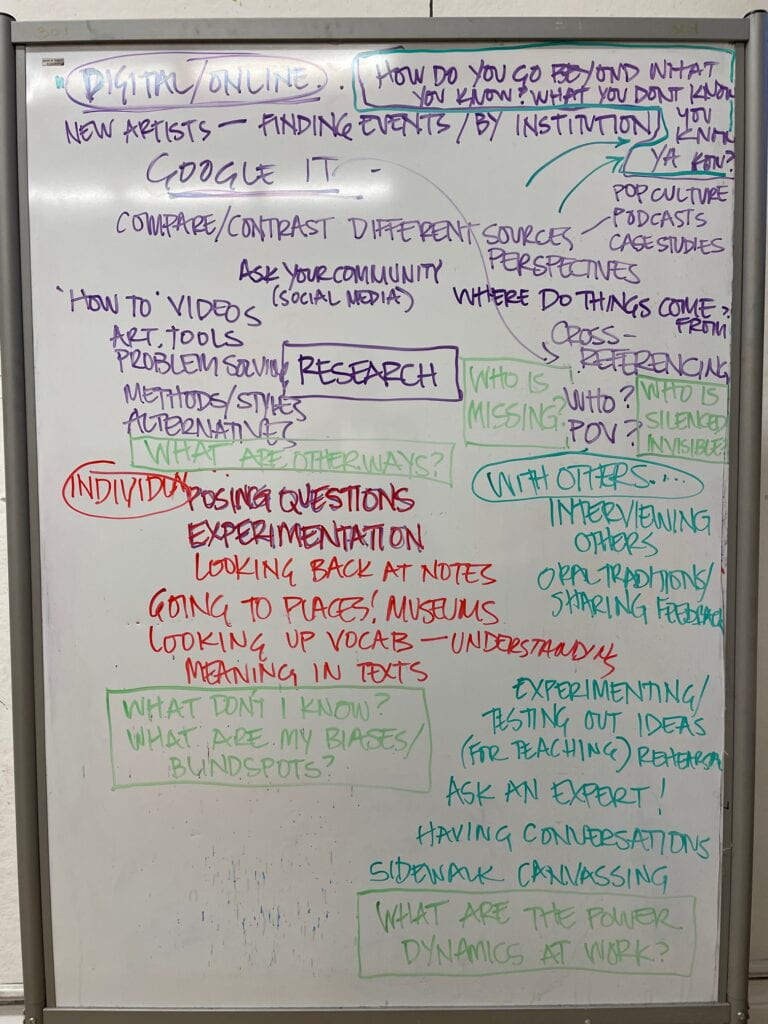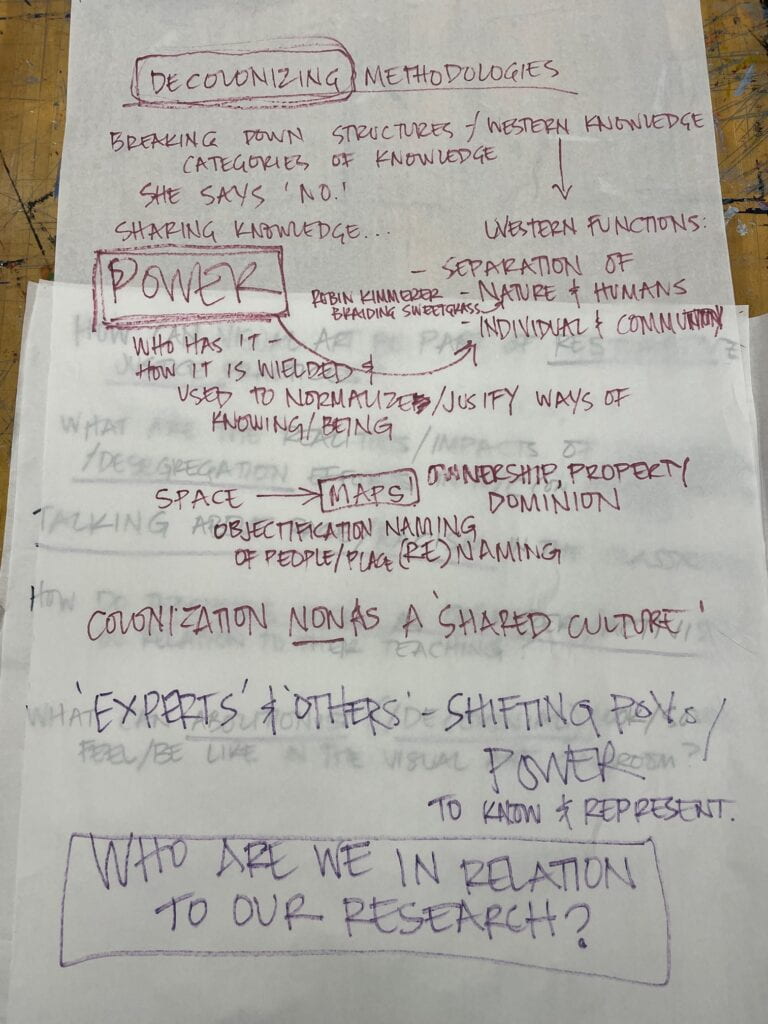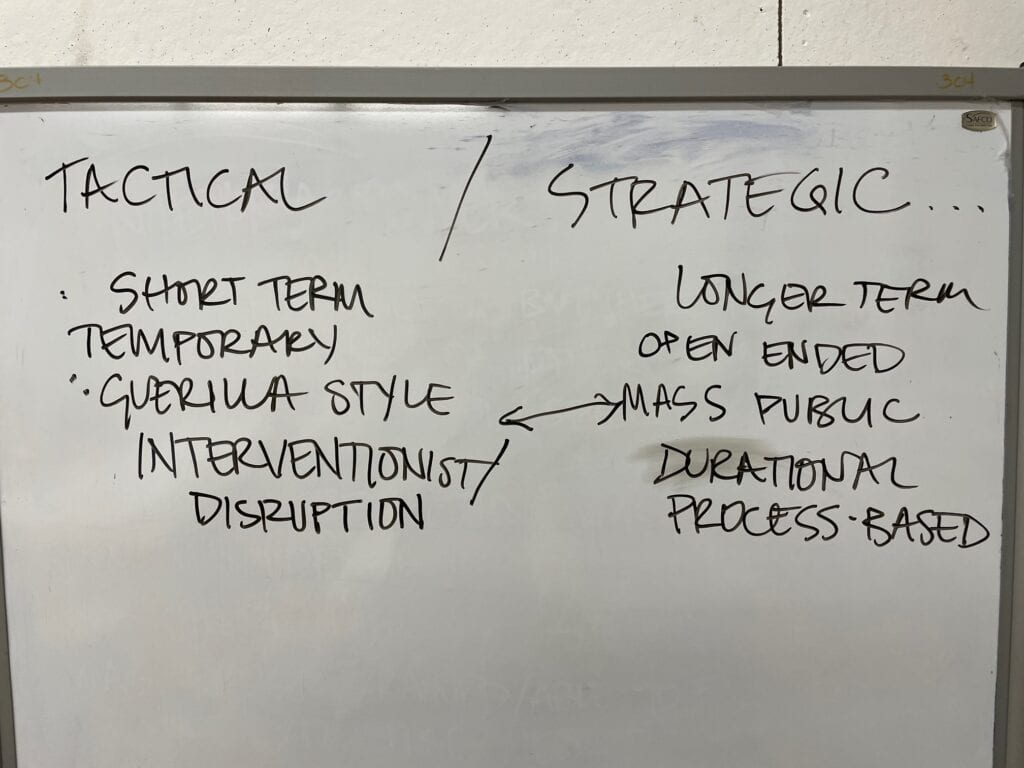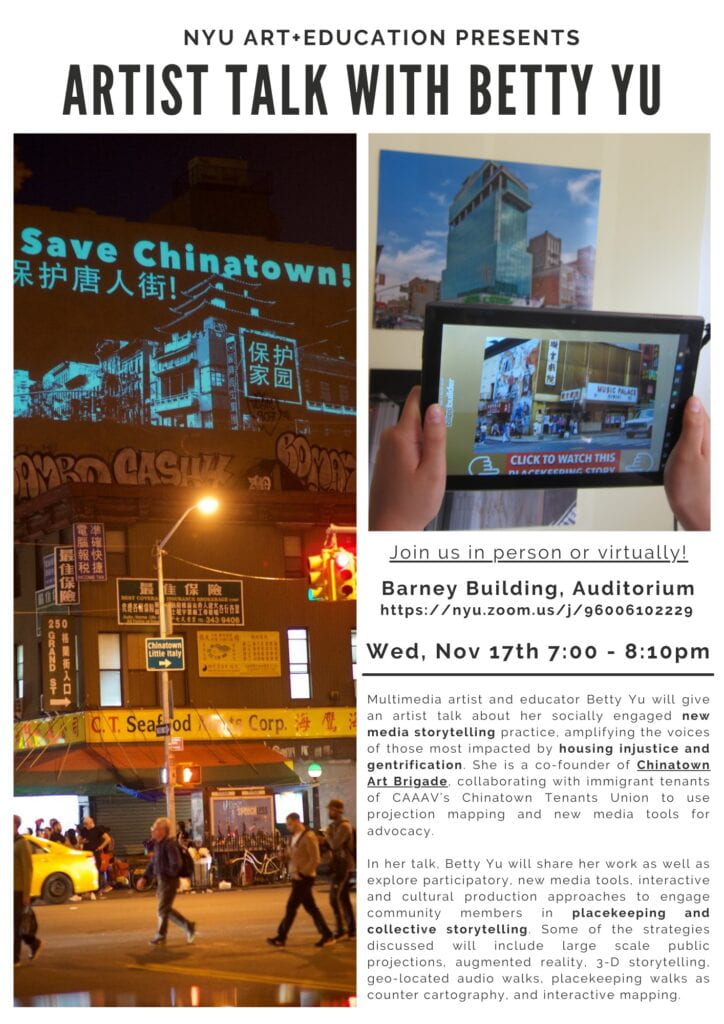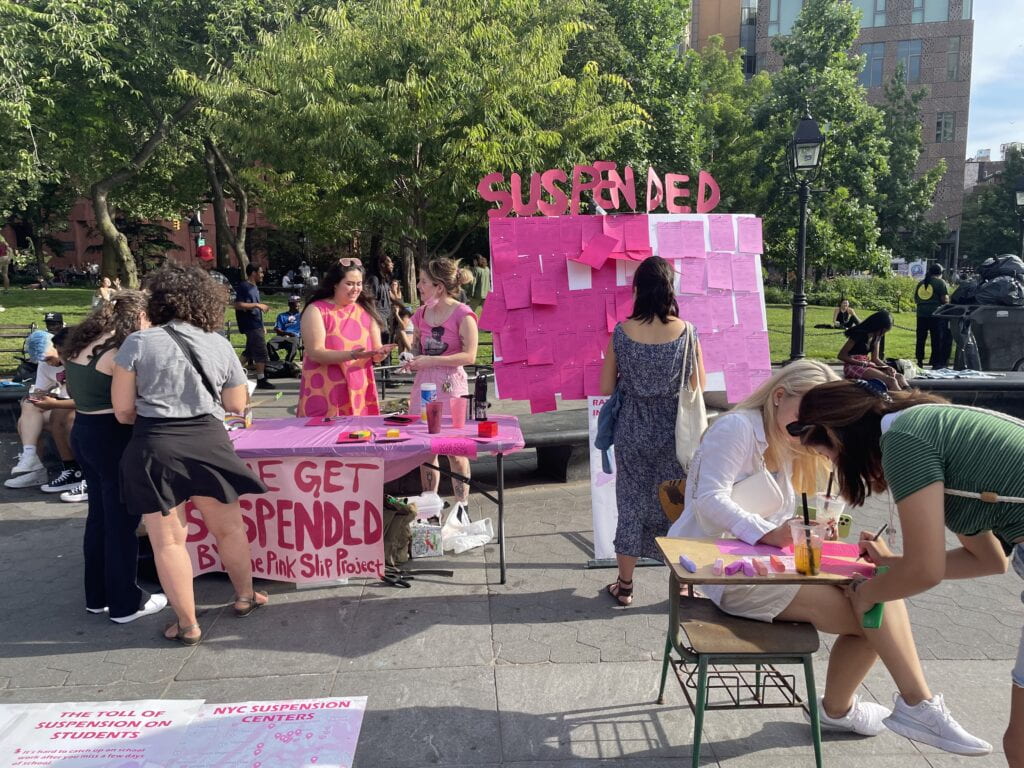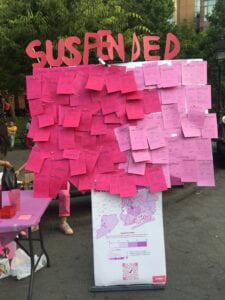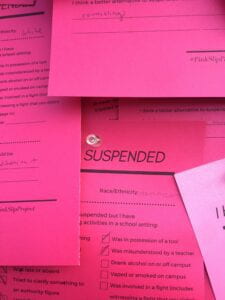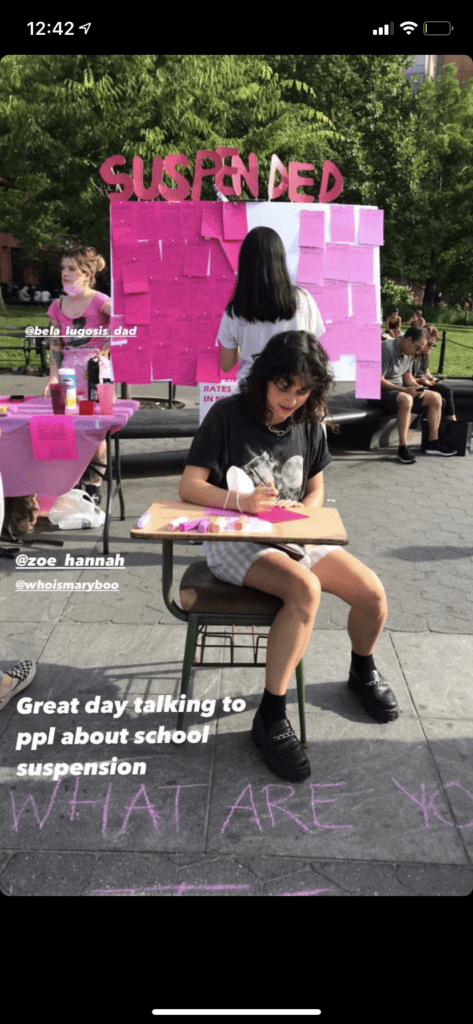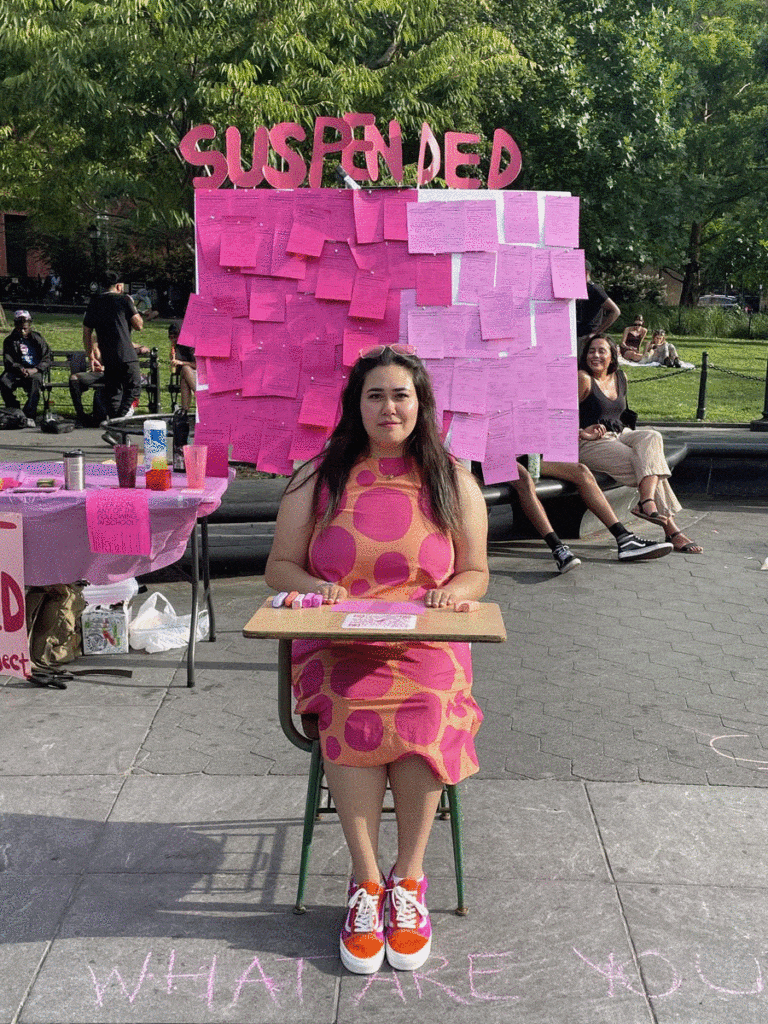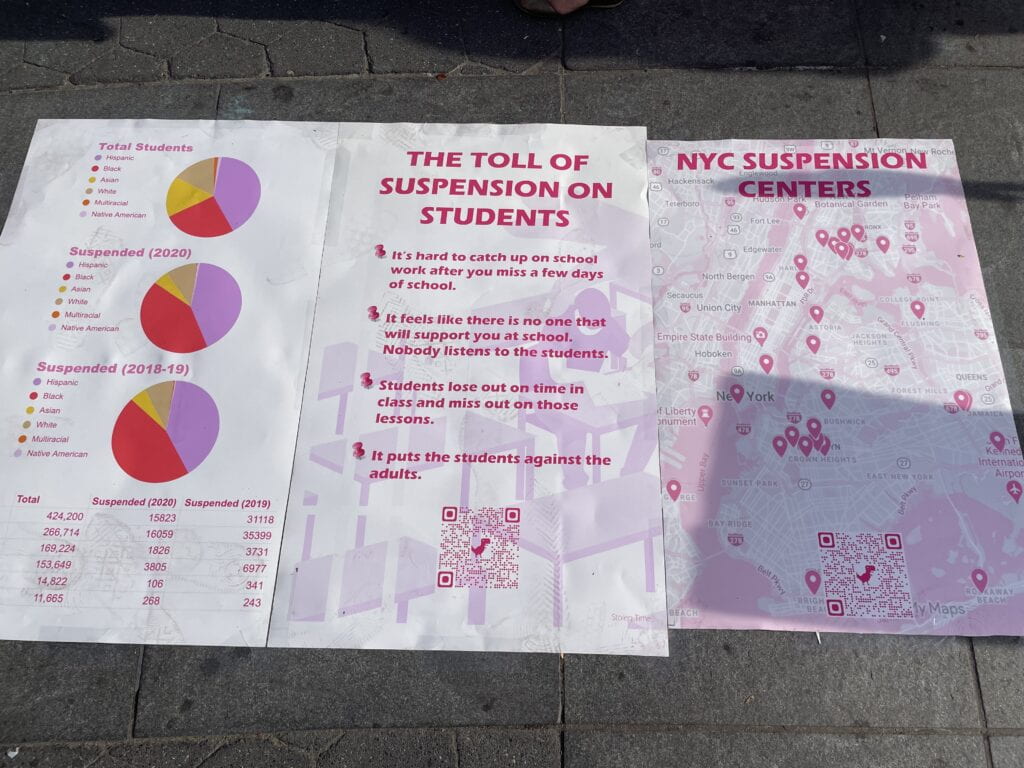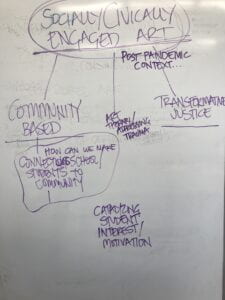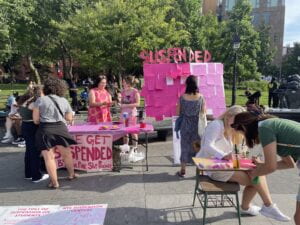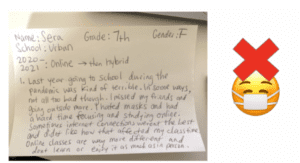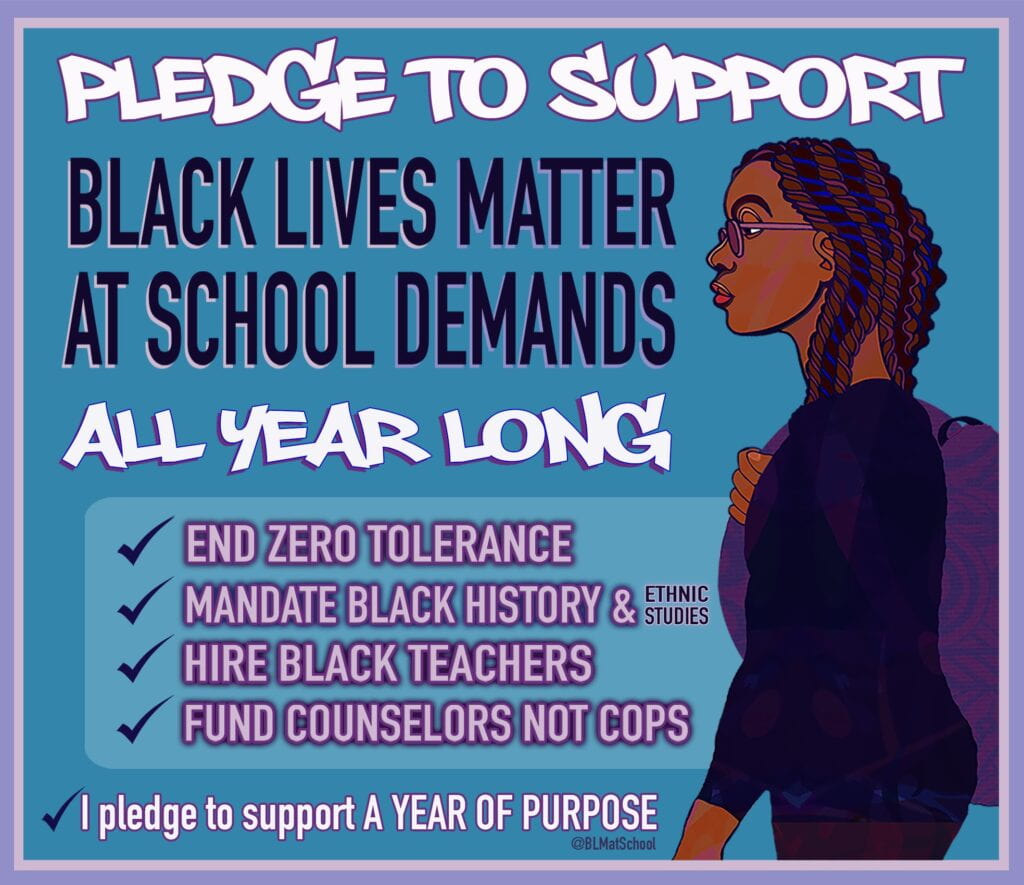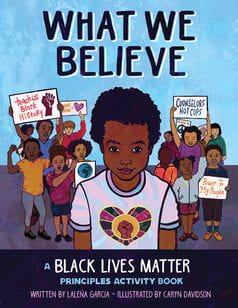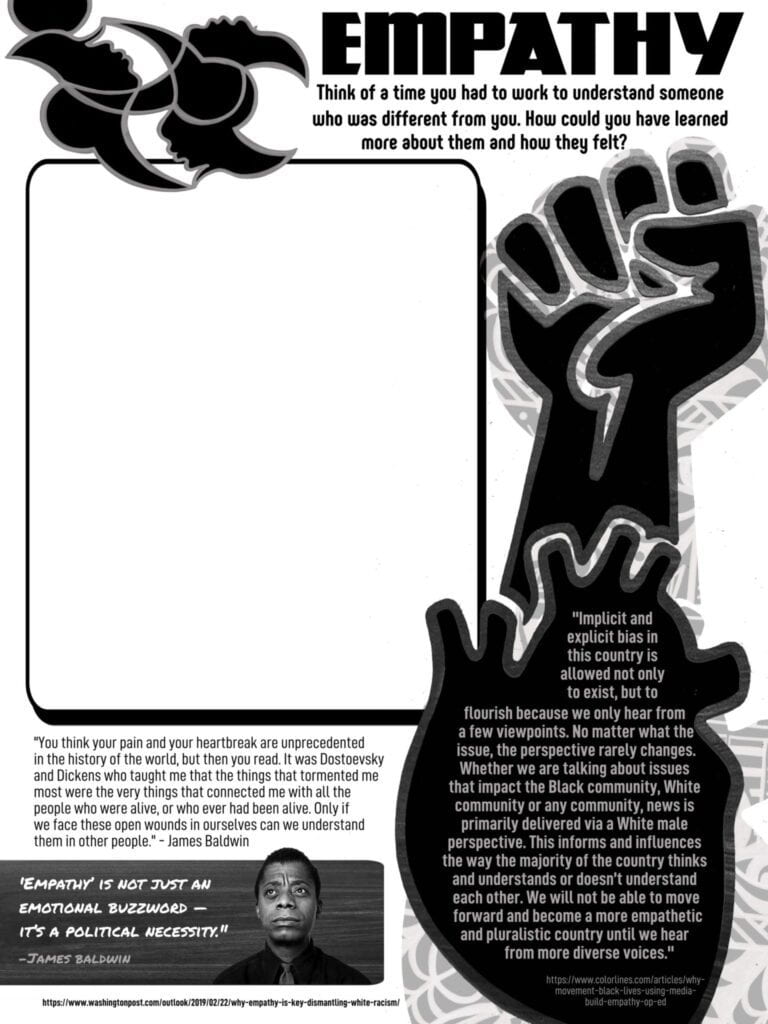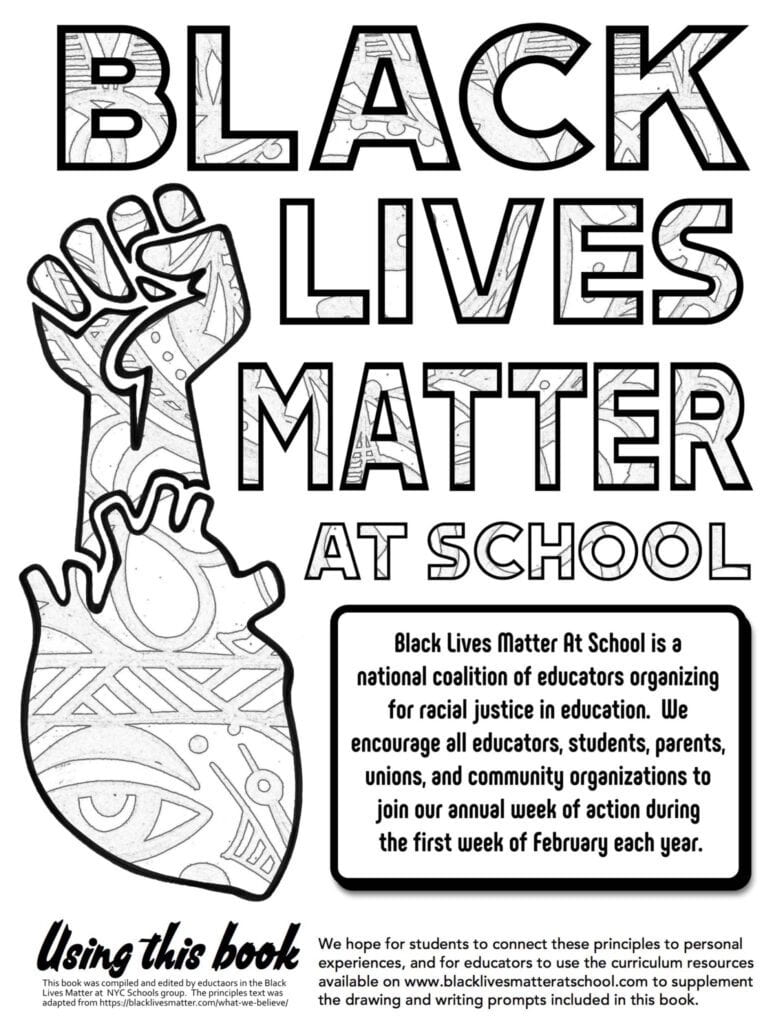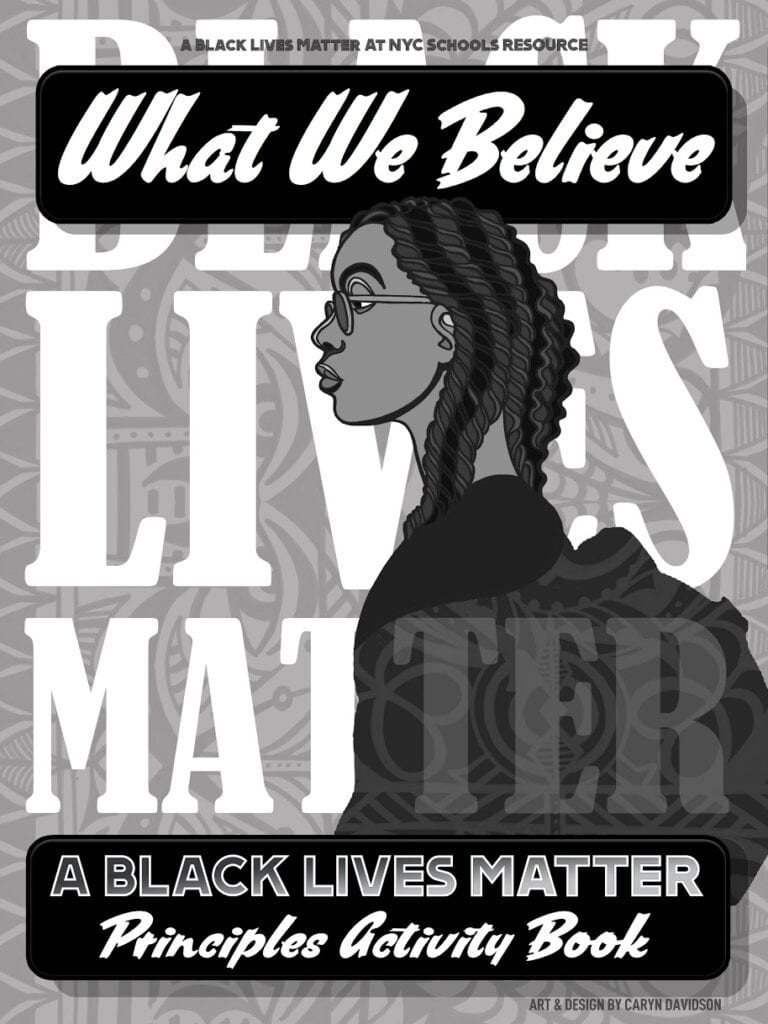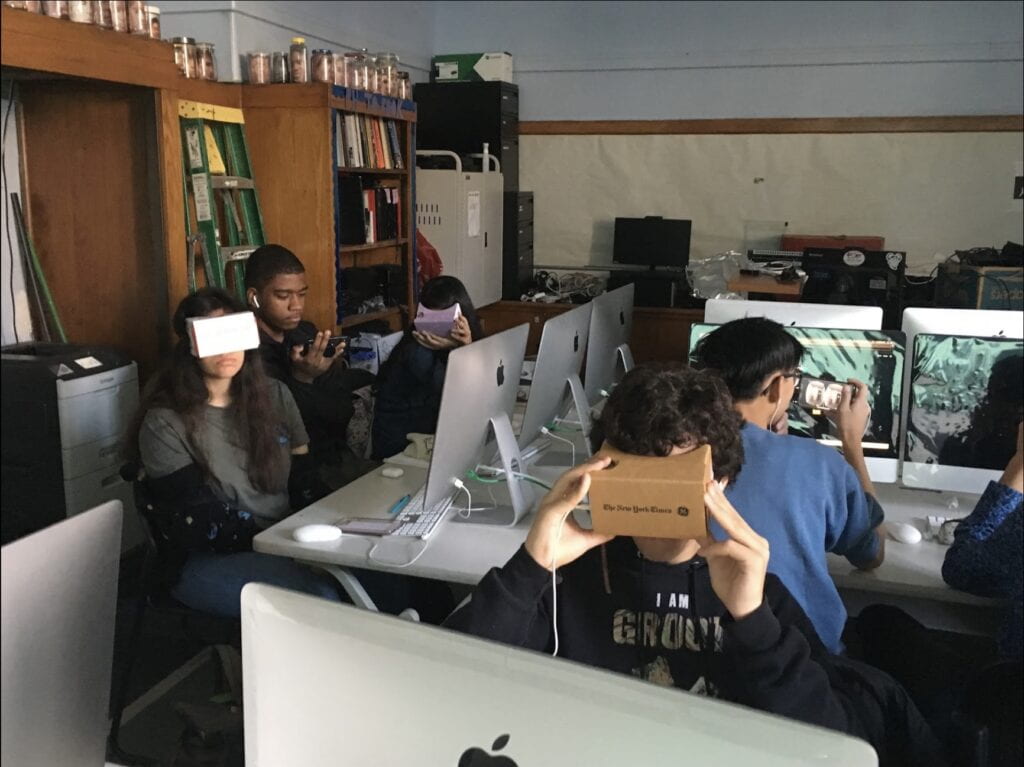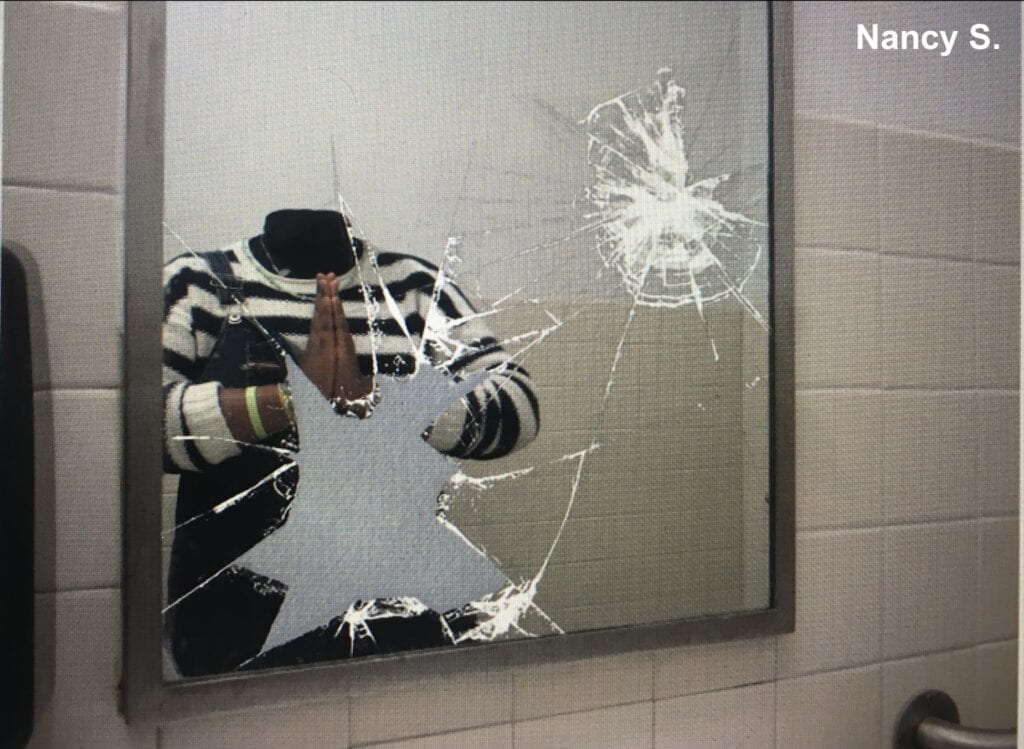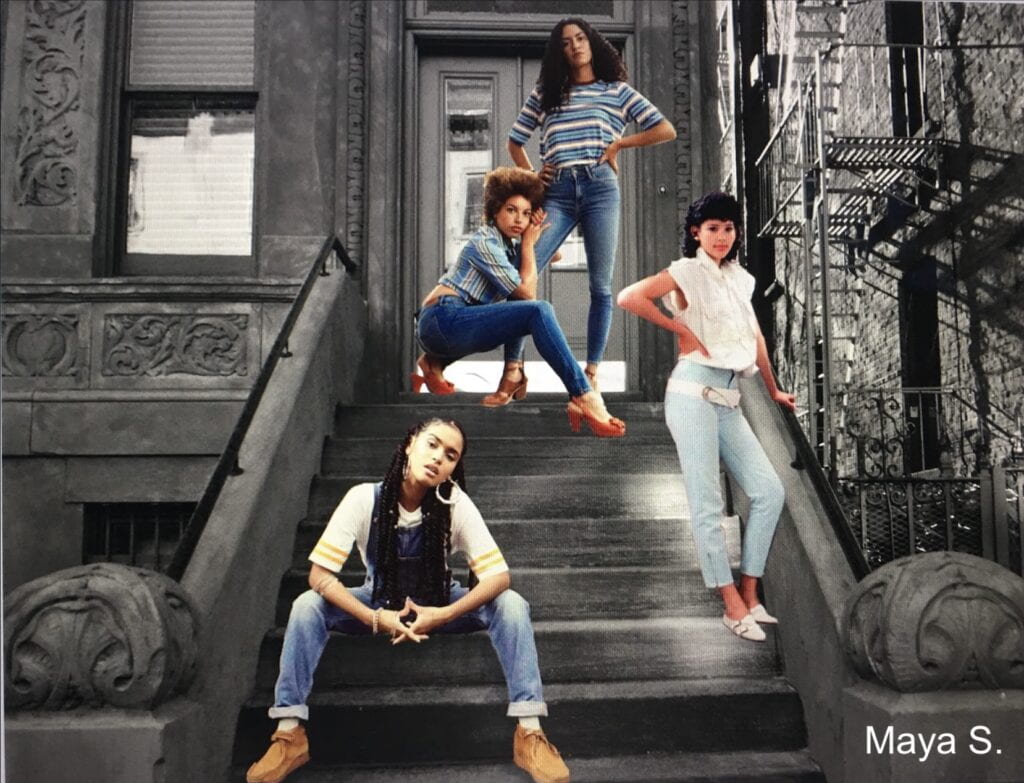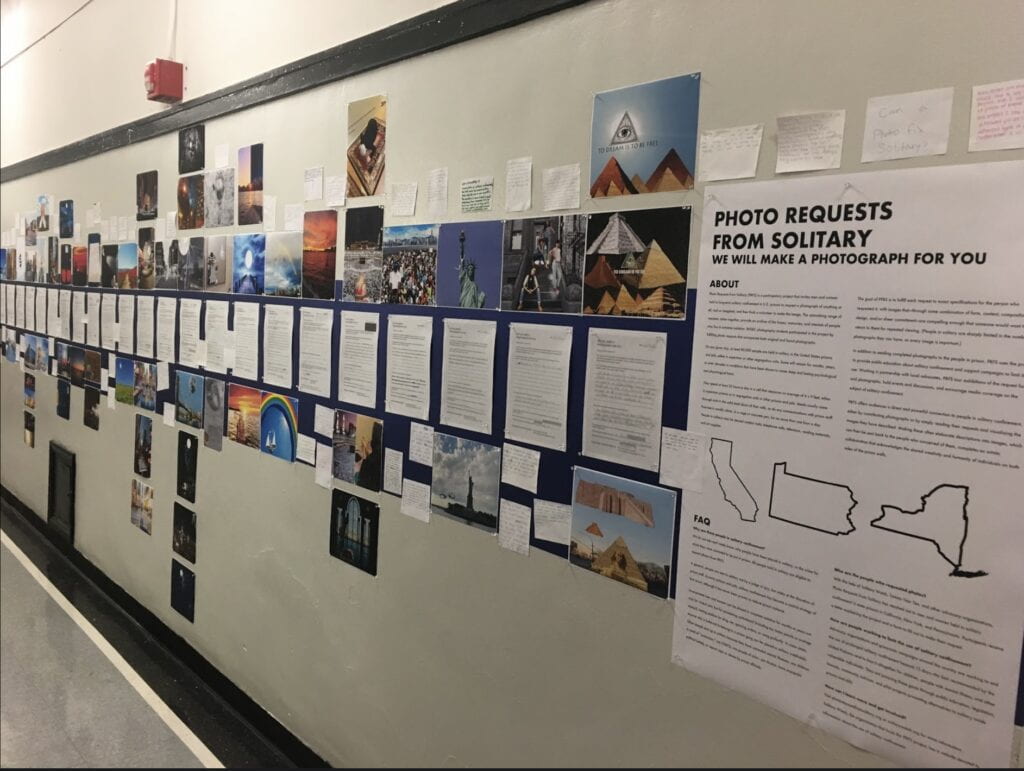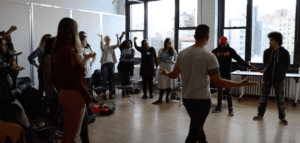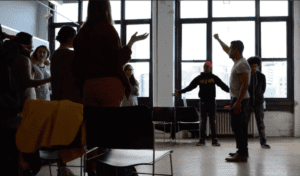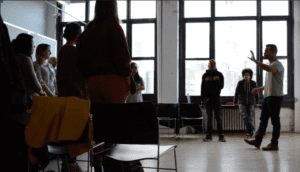In Spring 2024 we were all feeling the anxieties and conflicts that were headlining news feeds in the US and globally: Hamas’ attack in Israel, Israel’s war in Palestine, Republican and Democratic accusations and fighting, a former president on trial and found guilty of 34 felony counts, immigrants seeking sanctuary, and the realities of climate change and extreme weather. Inside our classroom spaces we were grappling with these larger conversations, while also focusing on the realities and possibilities for public schools, for art curricula, and for meaningfully engaging students. Our Research and Final Projects class began by asking what topics and concerns were top of mind for emerging teachers. We identified issues such as restorative justice and art education, anti-racism efforts and DEI training in schools, art education in the anthropocene and AI and technology.
 Eventually students formed groups to explore 4 topics using a collective inquiry to action methodology:
Eventually students formed groups to explore 4 topics using a collective inquiry to action methodology:
Class Size Policy (Rebecca Maric, Melissa Quizhpe, Stephanie Wan)
AI in the Art Classroom (Genevieve Felsenstein, Daniel Martinez, Ros Sterling Winner)
Critical Multiculturalism and Multilingual Learners (Jovanny Leon, María Molina, Annie Yoo)
Student Mental Health and Wellness (Heather Broday, Emily Nodell, Skylar Spitaleri)
We explored creative research methods including visual mapping, interviewing and surveys, photovoice and radical listening to learn about these topics and implement them in collaboration with students and teachers in New York City. In addition to doing research specific to each topic, we looked at the work of socially and civically engaged artists to help us think about how we take our knowledge and learnings and engage other people in order to enact necessary change in the world. In the end, each group created a proposal for an ‘Action’ to share their learning and transform their knowledge into impact. Students staged a public performance to help advocate for greater awareness and participation in reducing class sizes in New York City, they produced an interactive handmade Zine to help teachers build their familiarity with and ability to navigate the critical aspects of AI in a visual art curriculum, they created an online mental wellness resources for NYC high school students and a curriculum and toolkit using photovoice to support new students arriving in NYC from other countries. Each group presented their work, their research process, and their final resources with each other offering them as tools to support their future teaching and share with friends and colleagues.
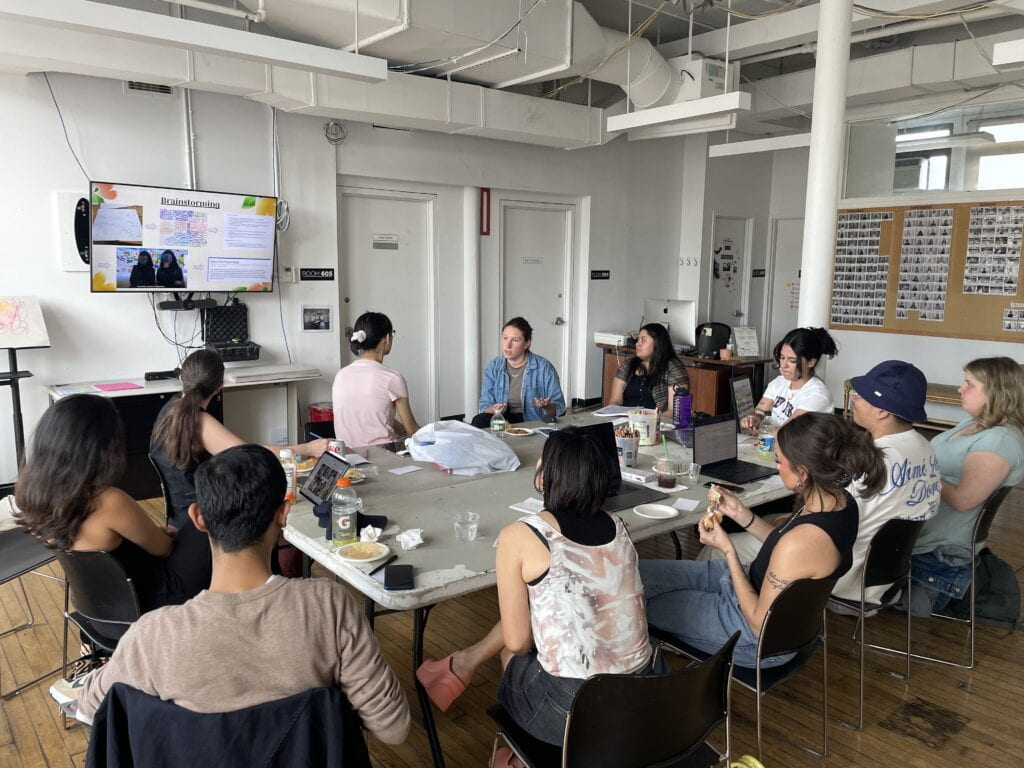
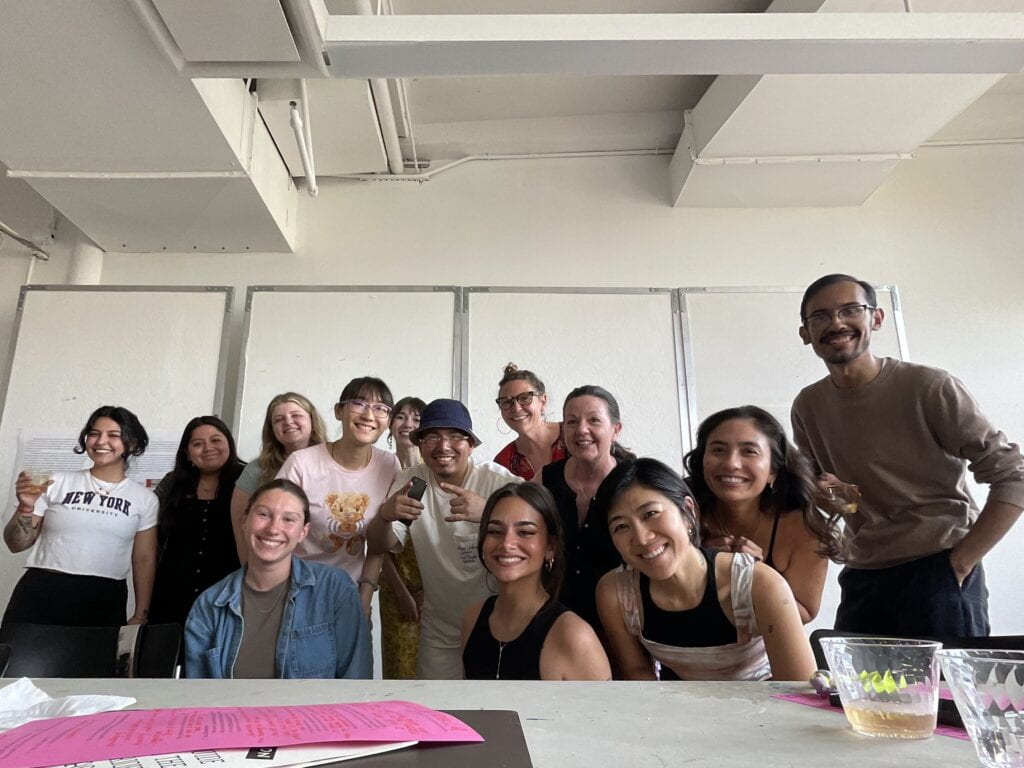
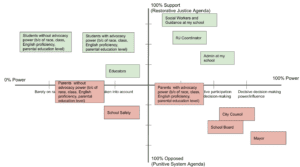
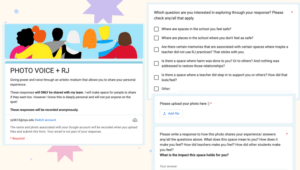
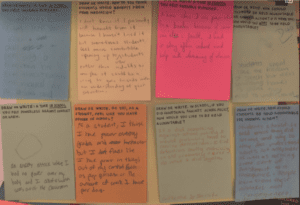
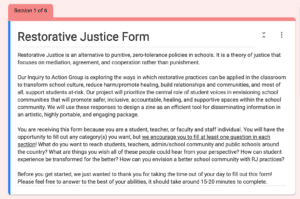
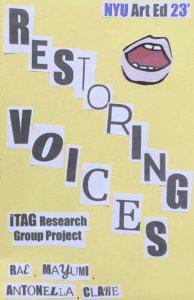 Download a copy of the
Download a copy of the 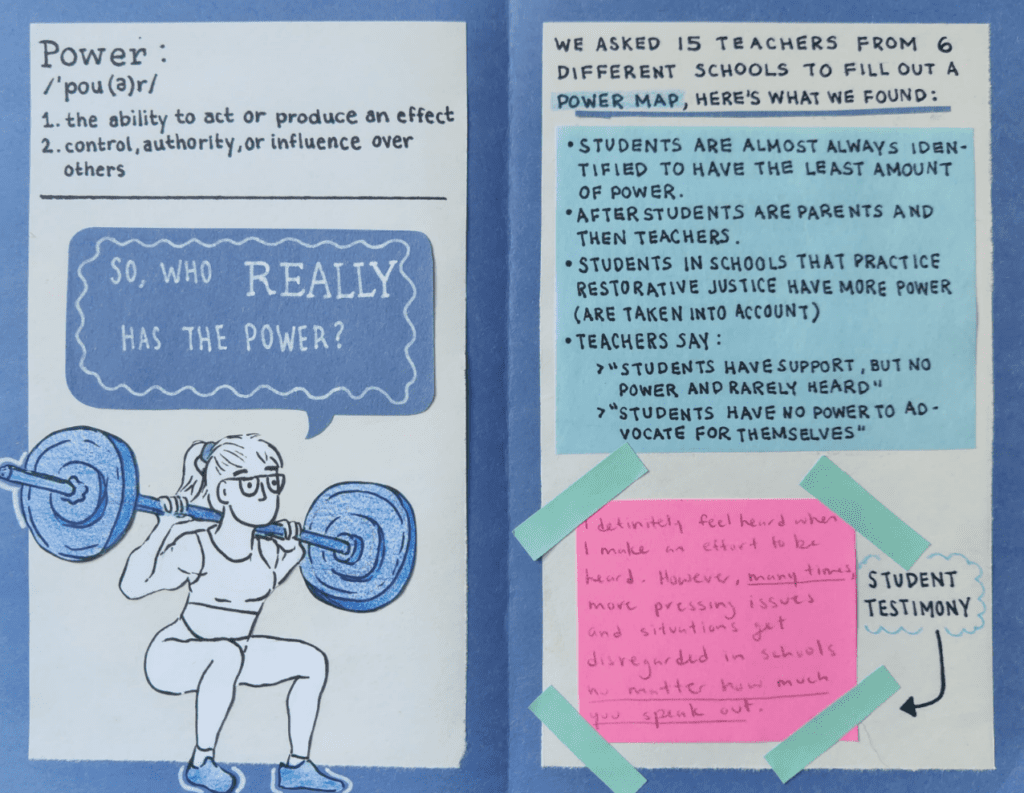
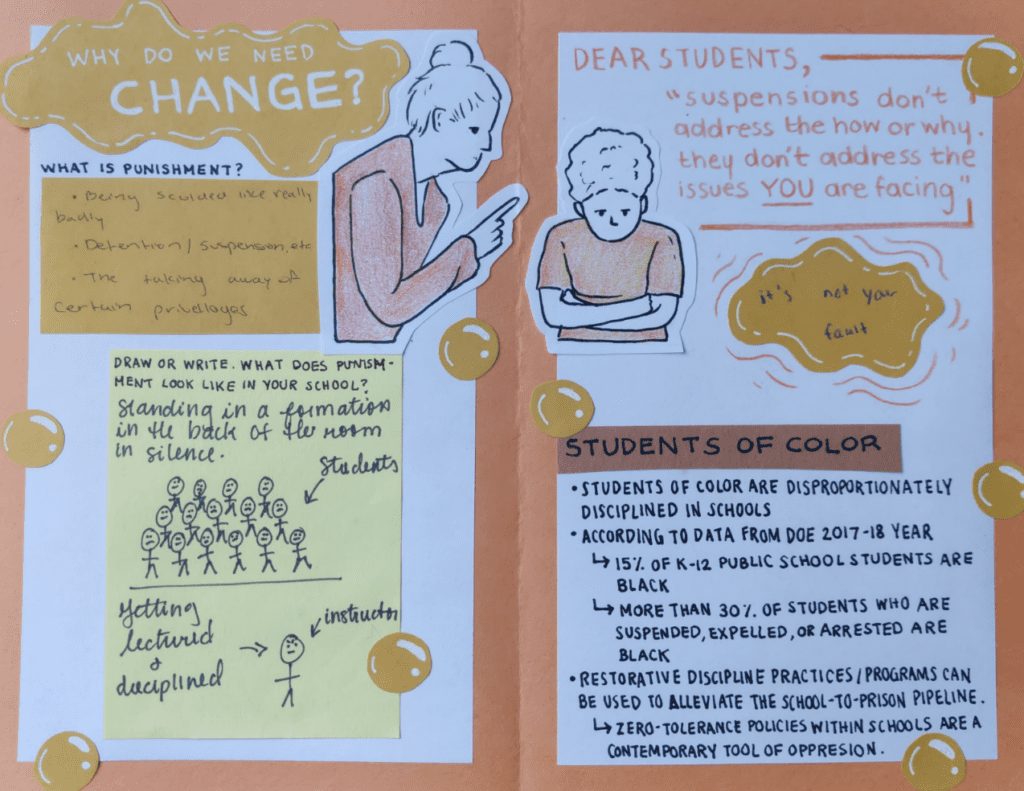
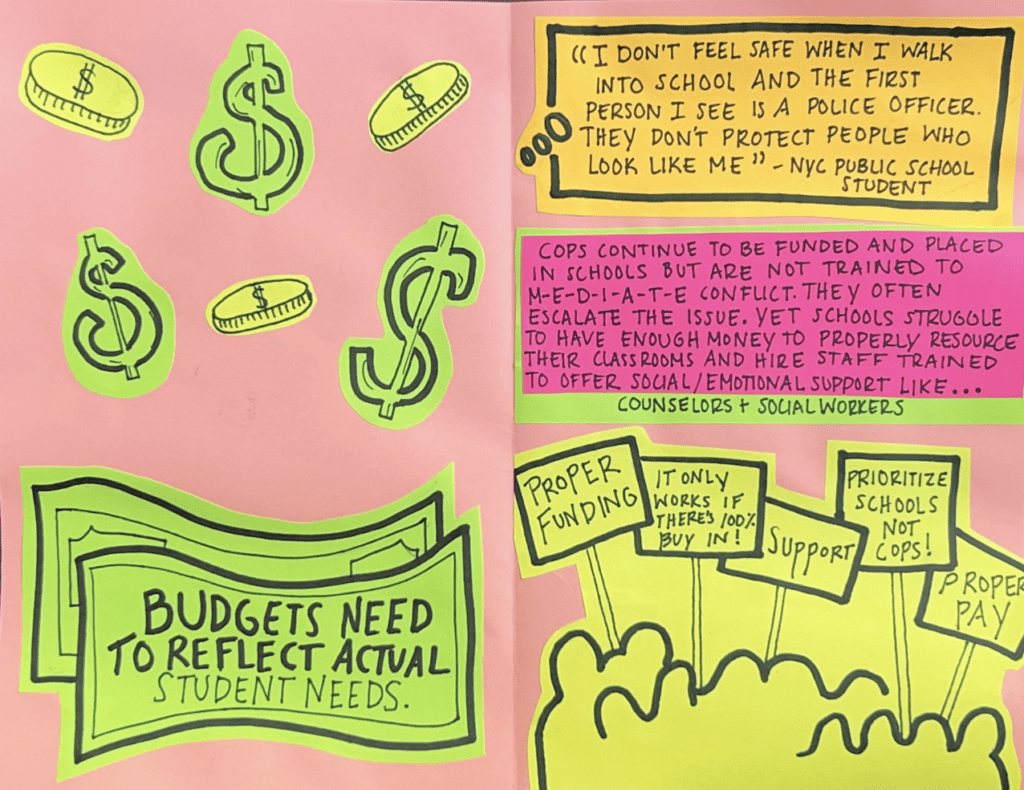
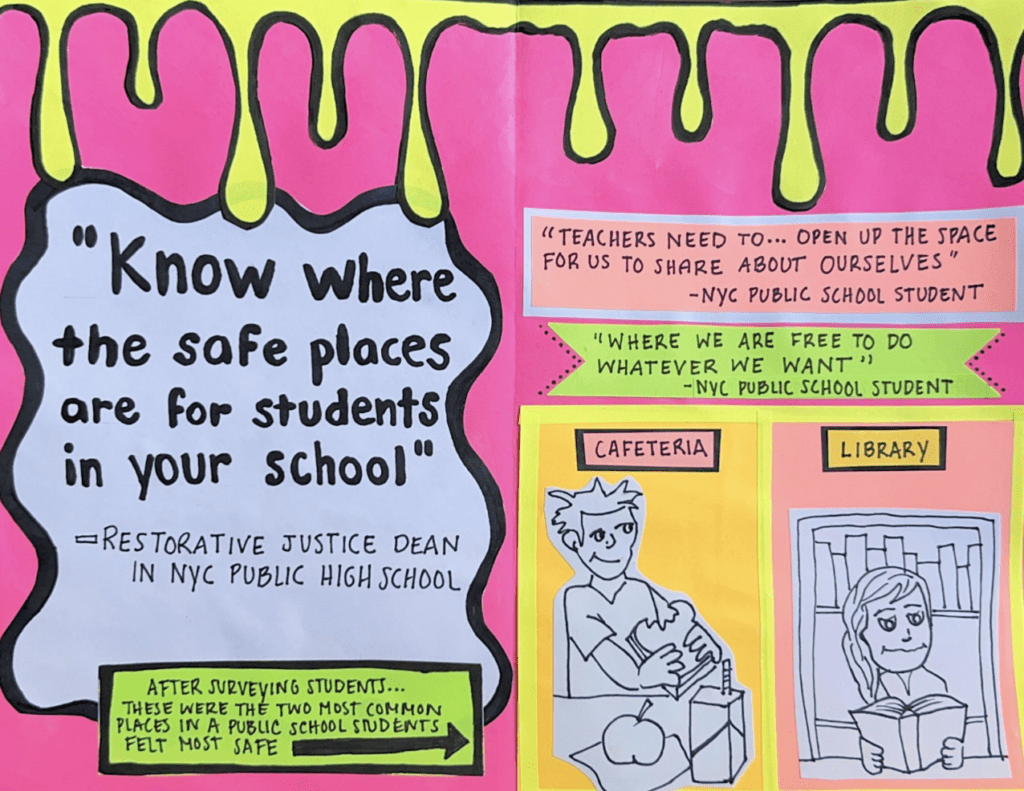
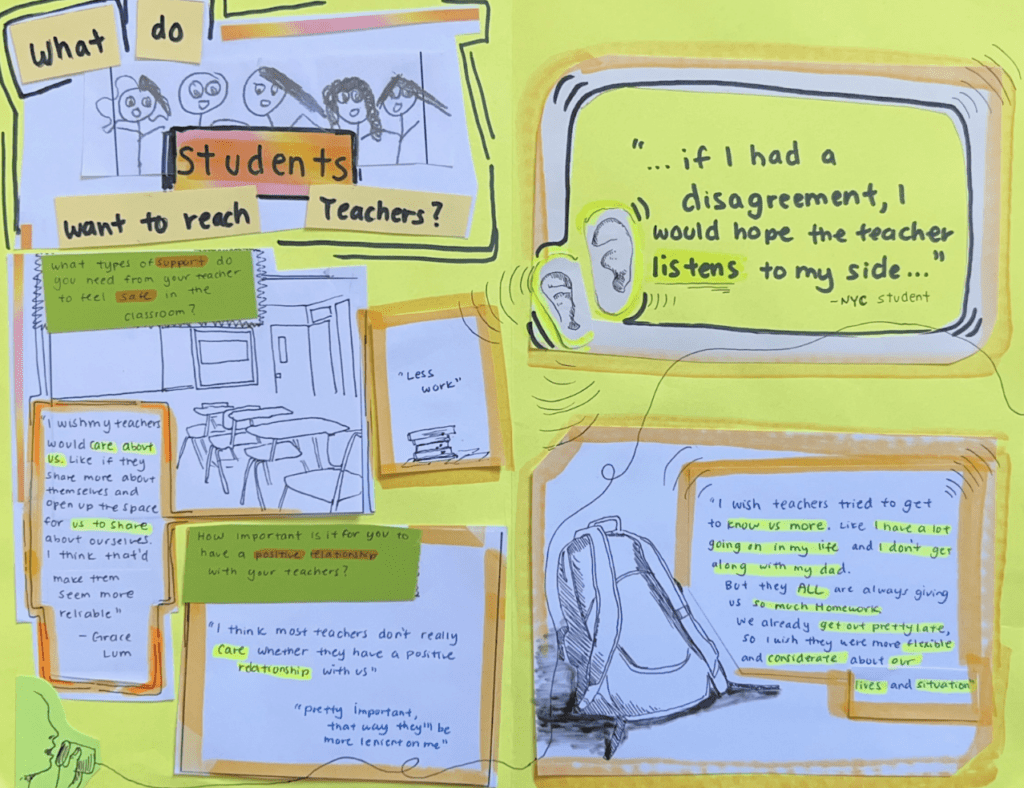
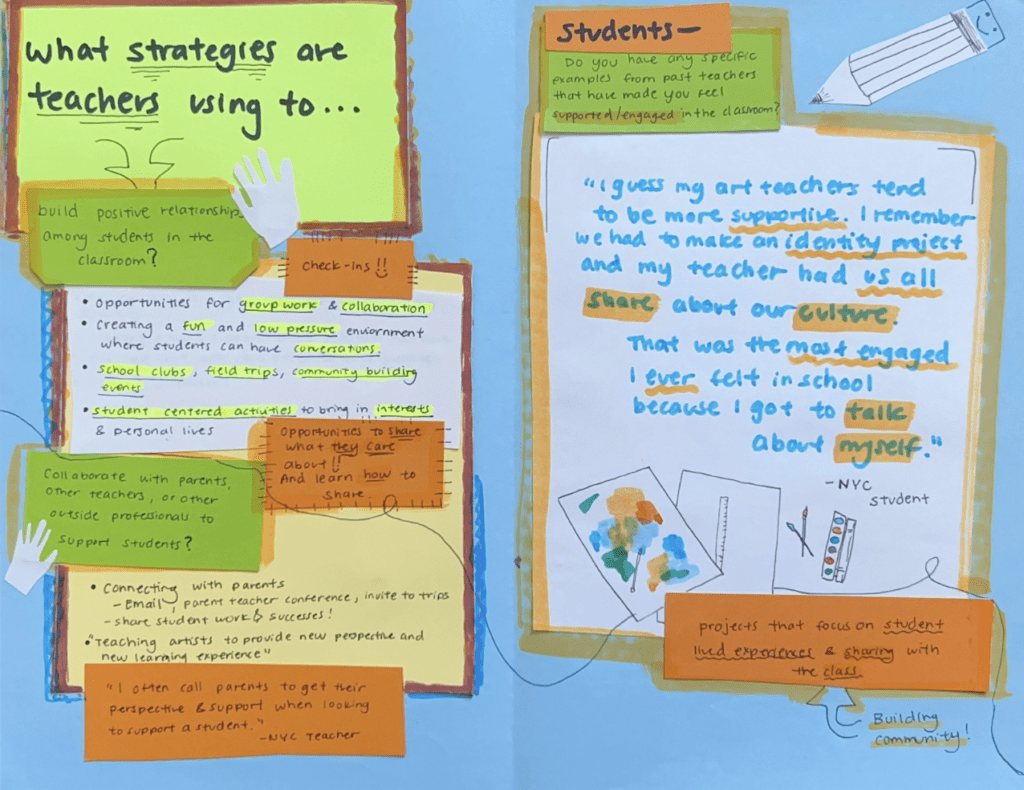
![Screenshot of Spotify page featuring the Art[Ed] of Wellness podcast with abstract visual.](https://bpb-us-e1.wpmucdn.com/wp.nyu.edu/dist/4/23266/files/2024/01/Screen-Shot-2024-01-10-at-2.31.57-PM-1024x585.png)
